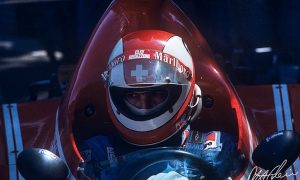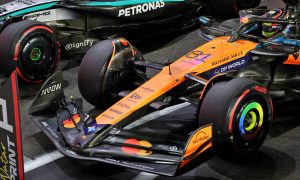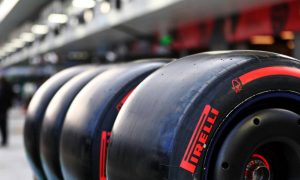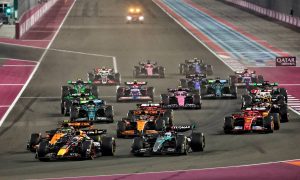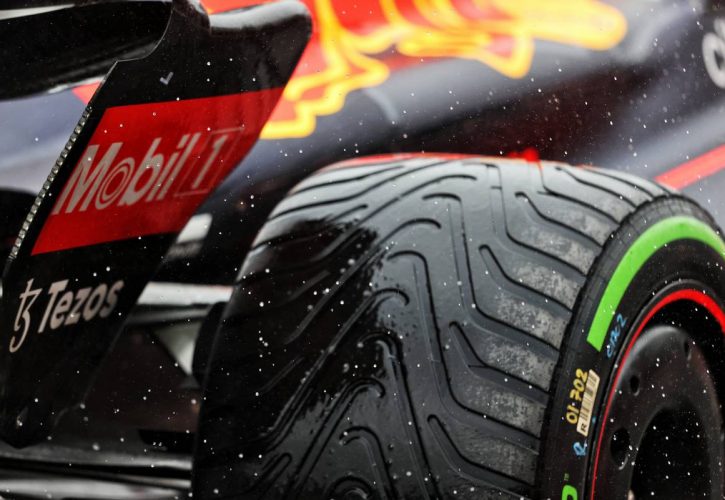
Pirelli is considering adding a 'Super Intermediate' tyre to its range that would be better suited for transitional wet weather conditions in F1, when drivers struggle to determine the crossover point between full wets, inters or slicks.
While spray and a lack of visibility remain the main factors that hinder racing in the wet for Formula 1, there have also been frequent calls by drivers for Pirelli to improve the quality of its full wet tyres.
At Spa last time out, the deluge that preceded Saturday's Sprint event forced everyone to start the shortened race behind the Safety Car and on the blue-rimmed full wet rubber.
However, the latter tyre – which quickly overheats – was ditched in short order by the entire field, with half of the runners switching to Inters at the outset when the Safety Car unleashed the pack, and the other half undertaking the change after the opening racing lap in a bid to encounter a less congested pitlane.
Regardless of the timing, the move, which was also largely justified by improving track conditions, was a clear indictment of Pirelli's full wet tyre.
Read also:
Pirelli motorsport boss Mario Isola believes an alternative grooved compound, sitting between its current full wet and intermediate tyre, would ease drivers' concerns when conditions muddle the crossover point and the decision to switch from one wet tyre or the other to slick.
"If the idea is to stay with the current situation, which means if there is a lot of water on track they red flag or Safety Car because they are not going to run because of visibility, then in my opinion, the best solution is probably to develop an Intermediate tyre, let's call it 'Super Intermediate' or an 'Intermediate+' or whatever name you want to use," Isola explained.
"So we can cover - with one product - from the limit that is acceptable for visibility to the crossover with dry conditions."
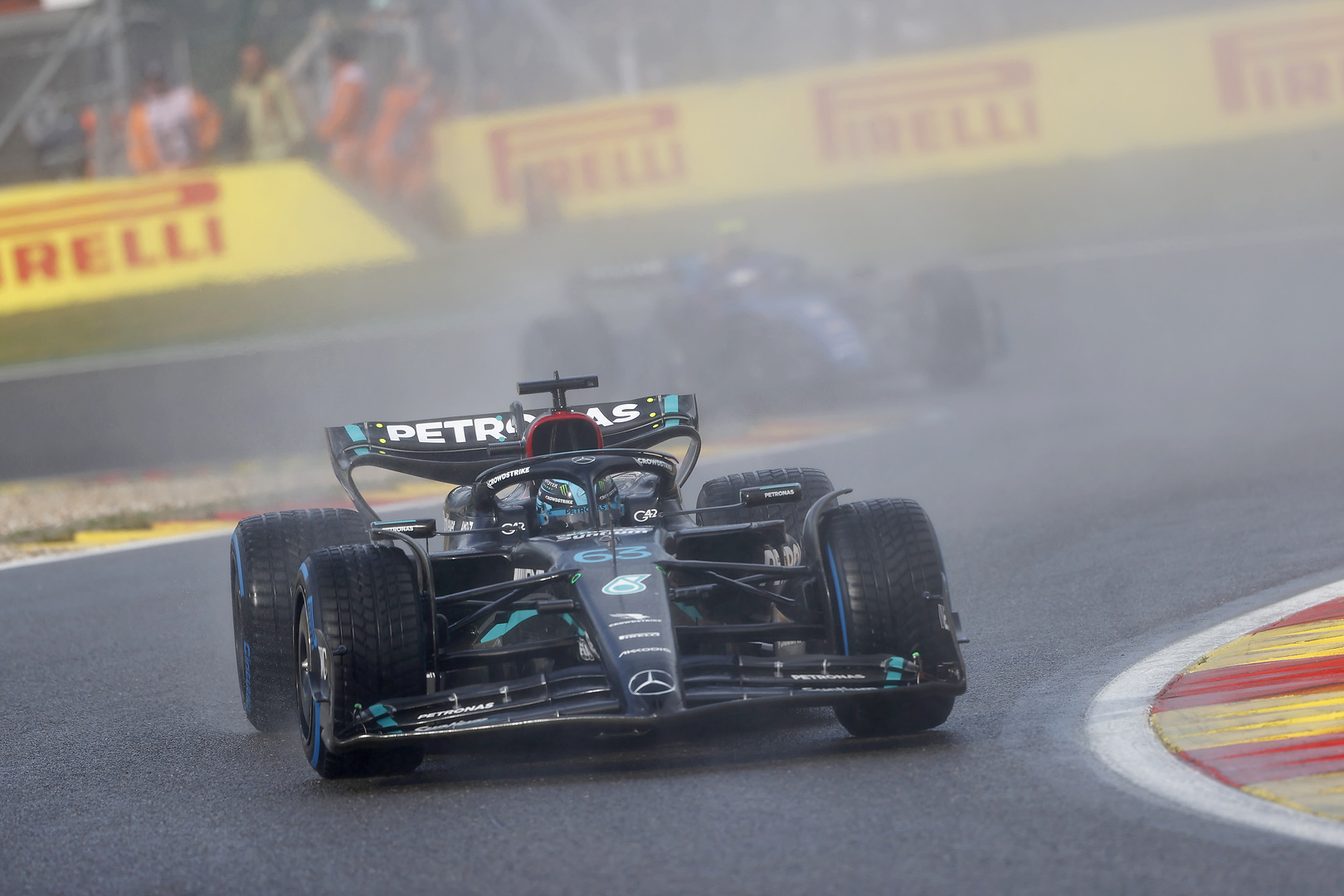
Addressing drivers' complaints about its extreme wet product, Isola noted that a smaller or narrower tyre would offer better resistance to aquaplaning.
But this is seen by teams as an impractical solution given that it would require a different set of tyre rims, which in turn would wreak havoc on a car's balance.
"If you have a smaller tyre or narrower tyre, it means better aquaplaning resistance," the Italian explained.
"We had discussions in the past, but it was decided to keep the same size because of the rims. At the moment teams use the same rims for dry, Intermediate, and wet [tyres].
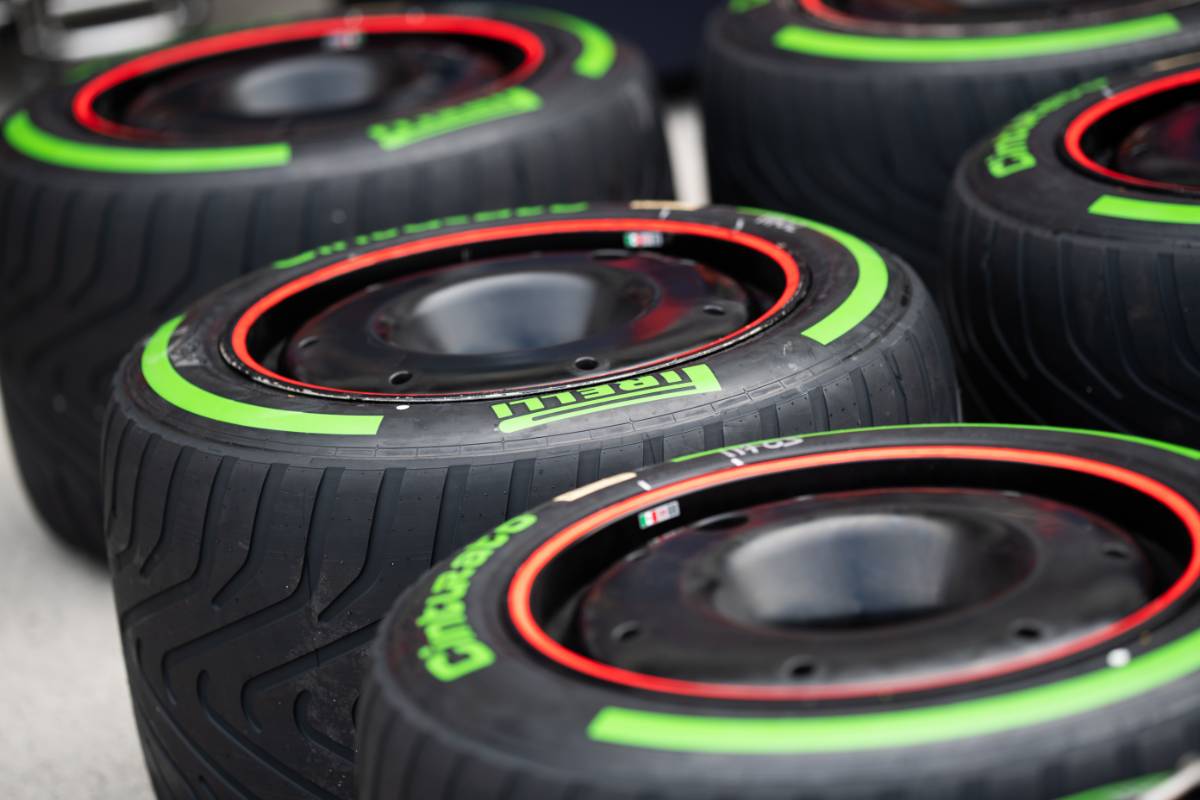
"Standard rims are used for all the three sets because of the balance. You have to consider that in changing the size, you can modify the balance. A car that is balanced in dry conditions can be unbalanced in wet conditions.
"It probably also has an impact on the aerodynamics of the car. With the same size [rims] they are able to predict the behaviour of the wet tyre better.
"The only request was to make the diameter of the Intermediate tyre five millimetres higher and the wet 10 millimetres higher, to raise a little bit the car so it's not touching standing water with the floor."
Keep up to date with all the F1 news via Facebook and Twitter



